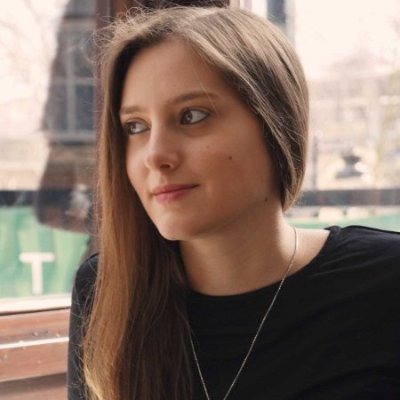Floquet Chern insulators based on nonlinear photonic crystals achieved

Ingrid Fadelli
contributing writer

Gaby Clark
scientific editor

Robert Egan
associate editor

Over the past few years, engineers and material scientists have been trying to devise new optical systems in which light particles (i.e., photons) can move freely and in useful ways, irrespective of defects and imperfections. Topological phases, unique states of matter that are not defined by local properties, but by non-local and global features, can enable the robust movement of photons despite material defects.
Researchers at the University of Pennsylvania and University of California-Santa Barbara recently demonstrated the realization of Floquet Chern insulators, materials in which the periodic application of an oscillating light field or other external fields give rise to a unique topological phase, in a nonlinear photonic system. The insulators presented in their paper, which was in Nature Nanotechnology, are based on nonlinear photonic crystals, materials with repeating patterns that can control the propagation of light and respond differently to light of different intensities.
"Topological photonics explores photonic systems that exhibit robustness against defects and disorder, enabled by protection from underlying topological phases," wrote Jicheng Jin, Li He and their colleagues in their paper. "These phases are typically realized in linear optical systems and characterized by their intrinsic photonic band structures. We experimentally study Floquet Chern insulators in periodically driven nonlinear photonic crystals, where the topological phase is controlled by the polarization and the frequency of the driving field."
As part of their study, Jin, He and their colleagues first realized nonlinear photonic crystals that strongly interact with light fields. Subsequently, they periodically applied light with different polarizations and frequencies to these crystals.
To directly probe different light modes in the crystals, the researchers leveraged a nonlinear optical process known as "sum-frequency generation." This process entails the collection of measurements via the combination of two light beams into a new beam at the sum of their frequencies.
"Our transient sum-frequency generation measurements reveal strong hybridization of the Floquet photonic bands," wrote the authors. "The measured spectrum remains gapless under a linearly polarized drive but becomes gapped under a circularly polarized drive. Theoretical analysis confirms that the Floquet gap is topological, characterized by a non-zero Chern number—a consequence of time-reversal symmetry breaking induced by the circularly polarized driving field."
Ultimately, Jin, He and their colleagues were able to successfully engineer a topological phase of light in nonlinear photonic crystals via their periodic driving. The experimental methods they used could soon pave the way for further studies aimed at better understanding fundamental physics processes.
In the future, the Floquet Chern insulators they realized could also be leveraged for the development of various technologies, including optical communication systems, systems in which the processing of signals is protected and innovative nonlinear optoelectronics devices.
"This work offers opportunities to explore the role of classical optical nonlinearity in topological phases and their applications in nonlinear optoelectronics," wrote Jin, He and their colleagues.
Written for you by our author , edited by , and fact-checked and reviewed by —this article is the result of careful human work. We rely on readers like you to keep independent science journalism alive. If this reporting matters to you, please consider a (especially monthly). You'll get an ad-free account as a thank-you.
More information: Jicheng Jin et al, Towards Floquet Chern insulators of light, Nature Nanotechnology (2025). .
Journal information: Nature Nanotechnology
© 2025 Science X Network




















